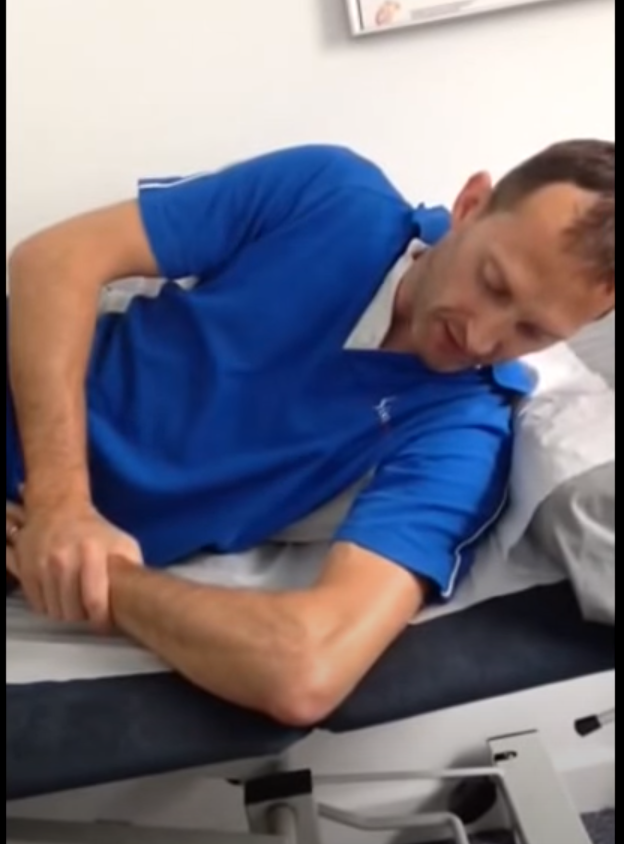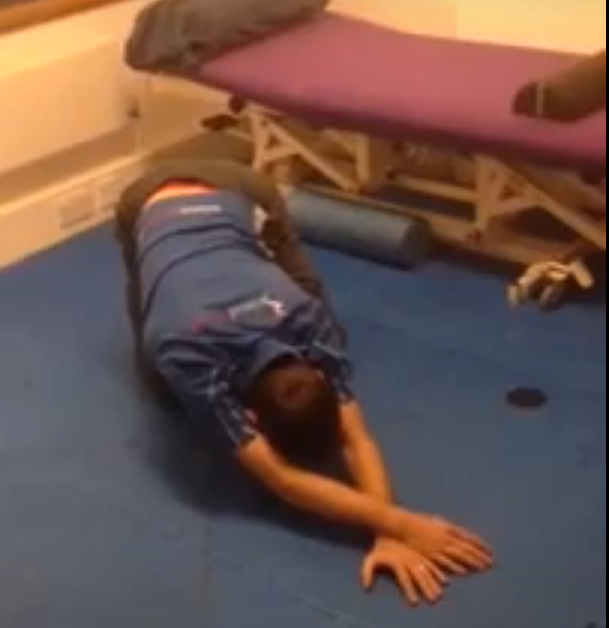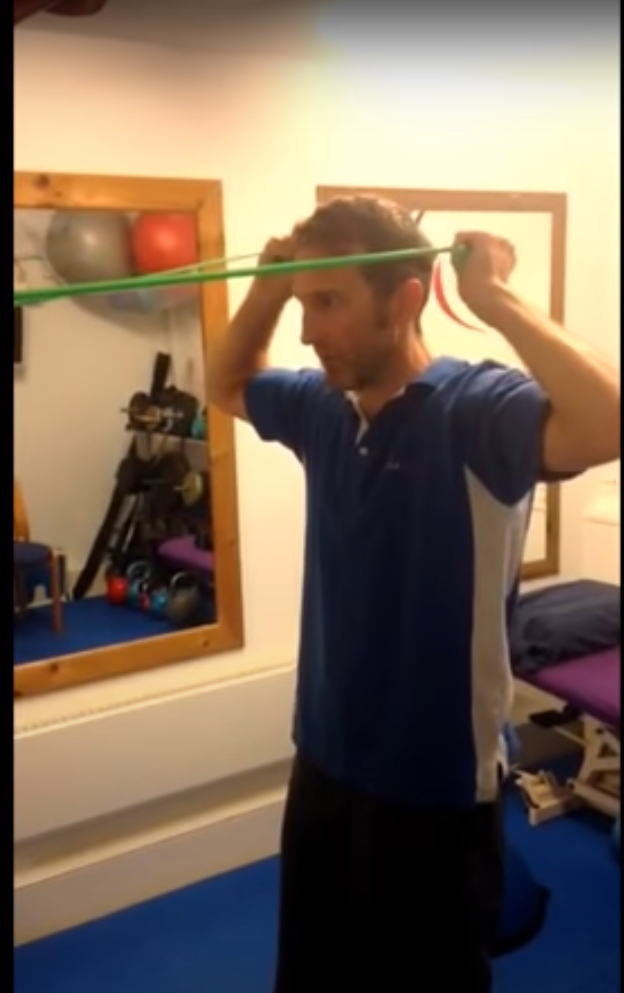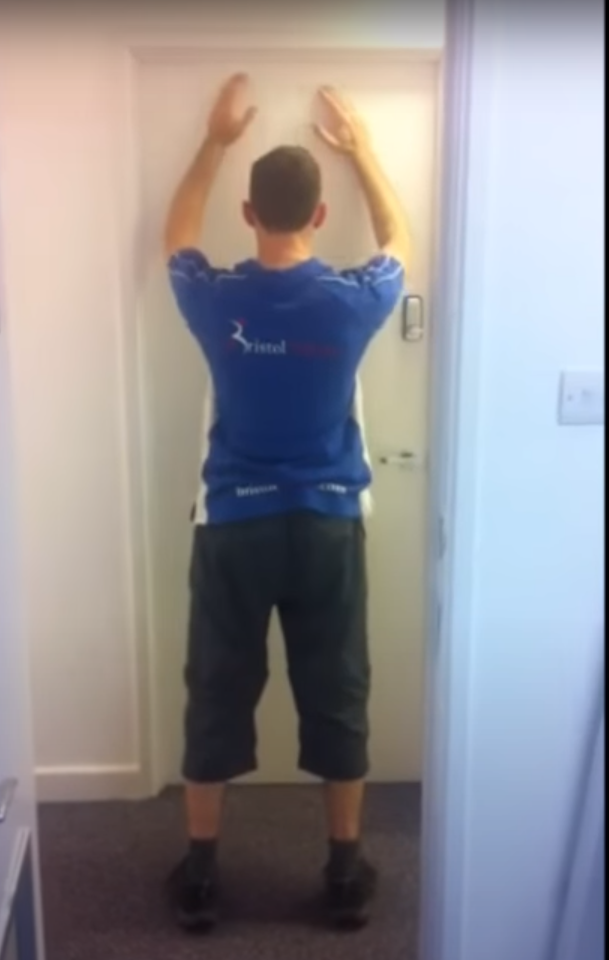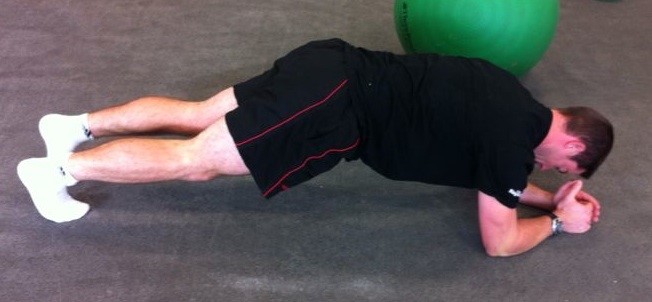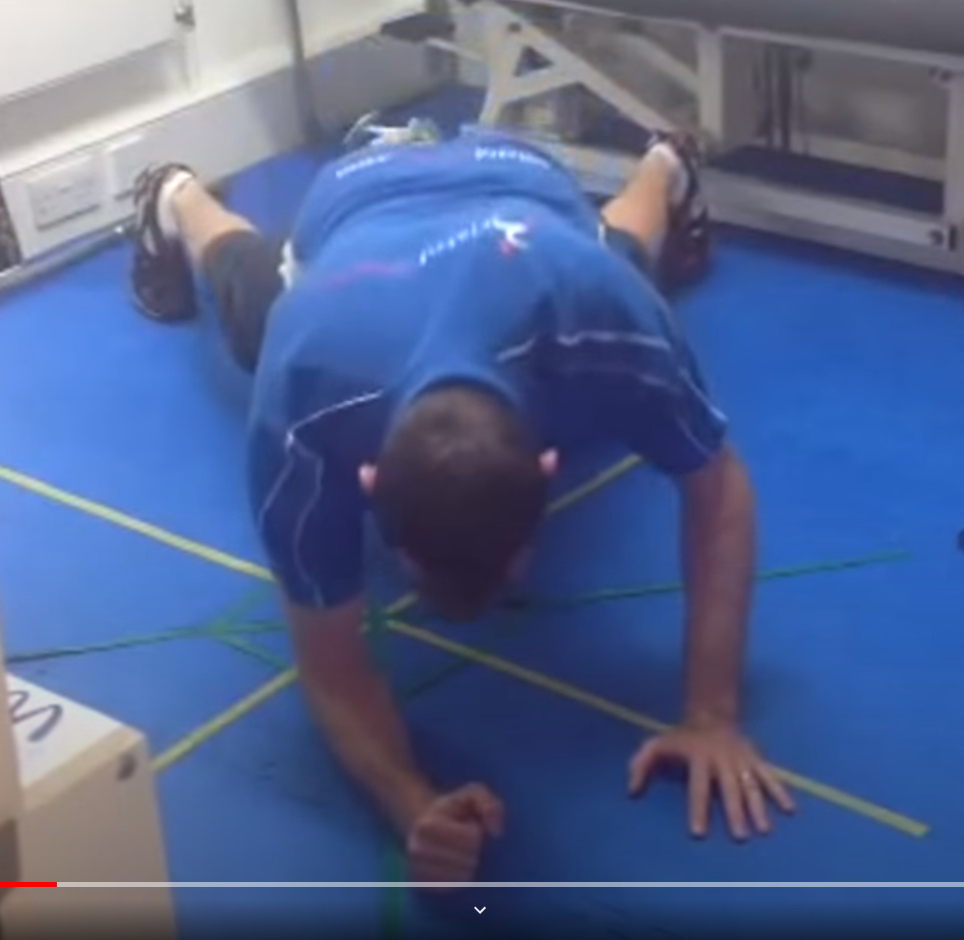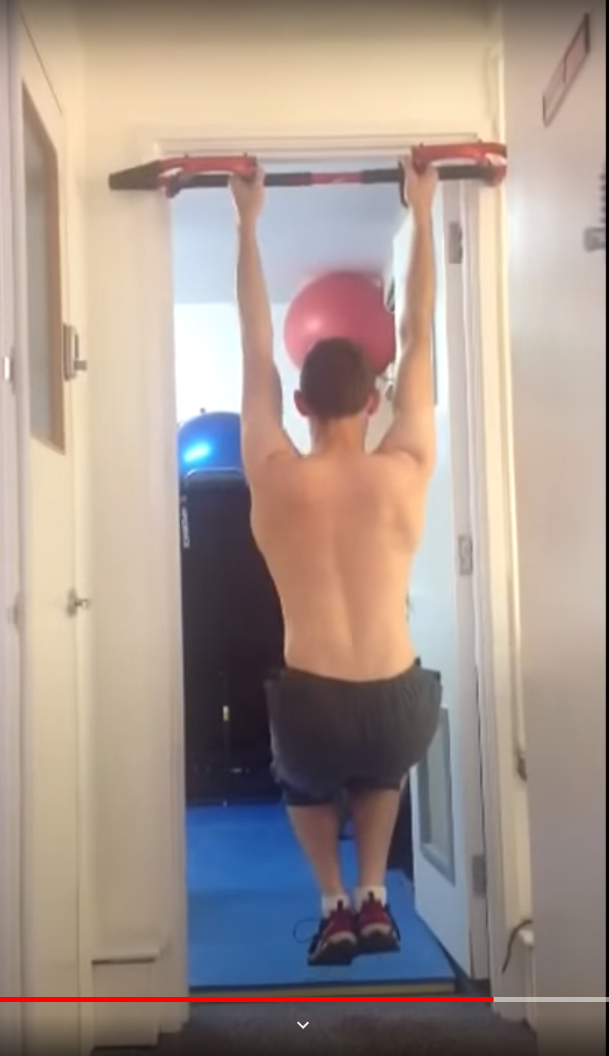Tony's Favourite Shoulder Exercises
Shoulder injury requires shoulder rehab exercises. This blog lets you in to some of my favourite 'tried and tested' shoulder exercises. They specifically target rehabilitation of the shoulders.
Hi I’m Tony Gill and I work as a clinical specialist physiotherapist and shoulder specialist in Bristol. I’ve been a member of BESS (British Elbow and Shoulder Society) for about a decade. Over the years I’ve used many different exercises to help rehabilitate a variety of shoulder problems.
The exercises I am sharing with you form part of a prescription of shoulder exercises. What to use, when to use them and sets, reps and rest phases are part of the bespoke care I give. If you are going to use them then proceed with caution and common sense. You might end up flaring things or causing pain and damage if performed incorrectly or use for the wrong condition. I always advise an appointment with a specialist physio who can advise and tailor rehabilitation to your needs.
Lucky cat
YouTube Link Here
By resting the arm, the deltoid, pecs and lats all rest more - allowing a rotator cuff bias. The muscle workout should be felt more at the back not the front of the shoulder. They can be into a little discomfort. You need to rest the elbow and work through the full available range.
This exercise is one of my 'go to' shoulder exercises targeting the cuff. It can be used in a variety of positions i.e. lie on your side lying down or sat up with your arm on the back of a sofa. The more stability the arm and body has, the easier it is.
This is my usual one of my initial shoulder rehab exercises.
Ball on wall
YouTube Link Here
This is a set of 4 shoulder exercises using a pilates soft ball on the wall in different positions. By loading on the wall we get a closed kinetic chain reducing the shearing forces in the shoulder. We can wake up the core with the lean which increase the kinetic chain activity with the cuff load. Basically, it’s a brilliant cuff activator exercise but needs to be used correctly. Ideally performed without shoulder elevation and with good scapula and body control.
This is one of the best shoulder exercises and really helped me get over my own shoulder tendinopathy. It has been tried and tested by me with great success for post operative rehab and cuff rehab.
The sleeper stretch is best done with the arm out at around 90 degrees to the trunk. The shoulder relaxed and neck on a pillow for support. As the arm is twisted into a comfortable end of mobility, the body is rotated into the arm to stretch the back of the shoulder.
The front of the shoulder should not feel pain or stretch ideally. We can use abdominal breathing techniques to relax the arm into the stretch.
This exercise is useful for weak and tight posterior cuffs usually found with sub-acromial pain or impingement.
Shoulder exercises need powr and mobility and this is a mobility biased exercise.
Lat Dorsi are not the enemy, but if the core is weak the lats will overwork. This can pull you into spinal extension. The lats however are also a shoulder internal rotator. This can cause a muscle imbalance in the shoulder and the cuff can then overload.
Stretching the lats can ease some shoulder problems as part of a program to deal with the overload or weak core.
This is my modified child pose that works quite nicely to stretch the lats. Another of the classic set of shoulder rehab exercises
Face pulls for me, are different for a face pull in the gym. As far as shoulder exercises go they are a second stage exercise. Not to be used in shoulder injury until stage 1 cuff exercises are performed well with control
In this version, feel the elbows float up and then rotate the shoulders twisting so the hands turn to the head. This is almost like a “put your hands up” position in a cowboy movie. You then reverse this to bring the arms down again.
Top Tip 1: keep the band low and the arms naturally go into a more full internal rotation so we get a full range exercise.
Top Tip 2: you should fatigue at the back of the shoulder quite soon with these
I borrowed this exercise from the great Shirley Sharman. It has proven to be a brilliant movement pattern re-educator.
The scapula is retrained to move normally in a closed chain position. This allows for far greater proprioception and control usually without pain.
The body should be strong like in a plank position. As the hands move up the elbows should feel like they have string attached to the scapula. The bottom of the scapula then rolls out. The whole trunk should also move to the door as the arms slide up.
Top Tip: use tea towels under the hands to improve the slide.
Turkish get ups when performed well do everything well. They switch on the core, they ask for speed and control. They demand good cuff activation and control and they can be done to fatigue pretty quickly. great in late stage rehab for shoulder injury.
The exercise can also be split into different parts to bias an open chain cuff control workout.
These exercises however, show exactly why you should not just do any old exercise to help the shoulder. They can flare the acromio-clavicular joint. If done early in instability rehabilitation, they can damage the shoulder as it moves into a vulnerable position.
To supersize, use an upside down kettle bell.
Kettle bells when held upside down make you grip tighter and are more difficult to stabilise the same weight. This makes them ideal for different phases of shoulder rehabilitation. It also incorporates the kinetic chain as we use them. This is another mid to late stage shoulder rehab exercise.
I use this upside down kettle exercise with lunges or static body positions and gentle shapes with the kettle to bias the shoulder.
Top Tip: lateral lunges to the kettle side wake up more cuff.
A variation on press up plus this exercise is a kinetic chain scapula exercise. The position stops you using triceps. This allows the focus to be placed on the scapula control.
Top Tip 1: if the core fatigues 1st then drop onto the knees to allow the scapula and cuff to work more.
Top Tip 2: twisting the hands outside of the elbows gives increased lower trap and serratus anterior activation.
This is a progression from press push and press up plus. The trick is to focus on the core control and not allow lots of body rotation. The arms move you up and down.
Most clients find this fatigues the core quickly.
Top tip: if the core fatigues and the arms are still fresh then drop the knees and focus on the body control and the shoulder fluidity
Not to be used until the shoulder control is at a good level and you can understand when you “lack control” of the trunk.
Scapula pull ups are done with locked elbows and slow controlled movement of the scapula on the rib cage. They ask for the lats to work well but with control. A great mobility and control exercise of the scapula.
Top tip 1: slow down the lowering phase to optimise this exercise
Top tip 2: if this is too hard to start then do in a lunge position and take part of the weight into the legs as you require
There are many more exercises I could have added, but this hopefully gives you a taste of some excellent shoulder biased rehab exercises.
Remember, exercises are a tool and with all tools they need to be used for the right job and at the right time. If you are seeking advice I’m happy to see you for an appointment but if you live far away, I’m also happy to offer a video appointment - just click this option in our booking form.




